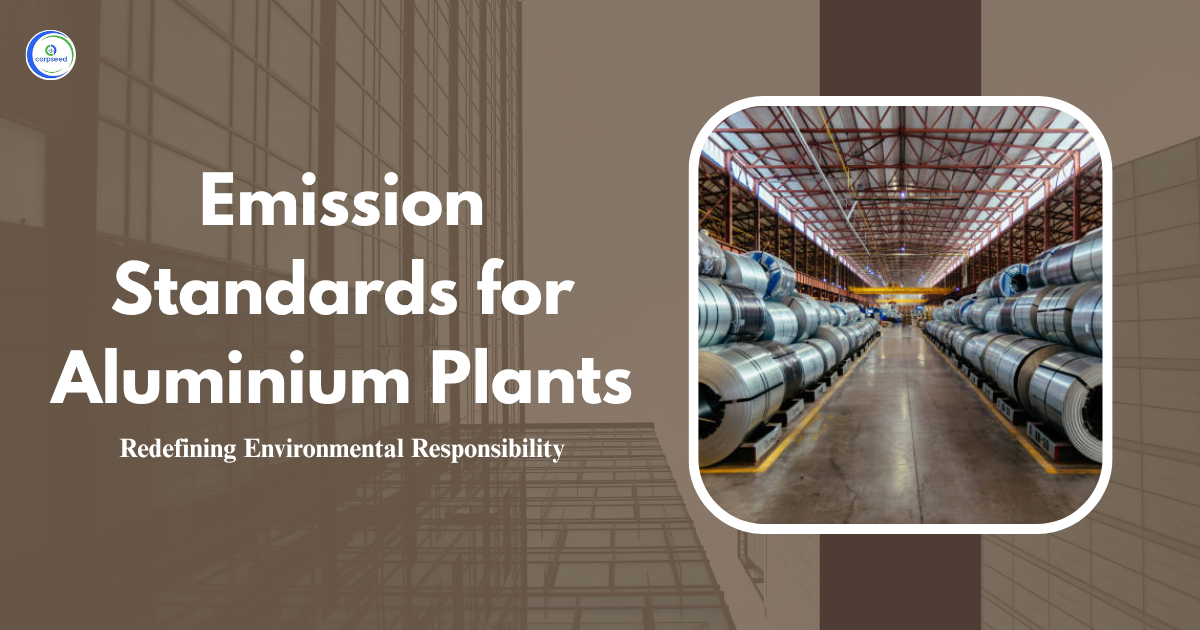The pharmaceutical industry is an important sector contributing to healthcare worldwide, but its manufacturing and manufacturing activities can cause significant environmental pollution. Appropriate management of emissions and discharge is vital to protect the environment and public health while supporting sustainable industrial growth.
Table of Contents
- Understanding the Environment (Protection) Rules, 1986
- Environmental Pollutants from Pharmaceutical (Manufacturing and Formulation) Industry
- Benefits of Emission Standards in Pharmaceutical Industry
- Recent Amendments
- Pharmaceutical (Manufacturing and Formulation) Industry Emission Standards
- Emission Standards
- Monitoring and Reporting
- Conclusion
Understanding the Environment (Protection) Rules, 1986
The Environment (Protection) Rules, 1986, under the Environment (Protection) Act, provide the basis for India’s pollution control framework. These rules empower the Central Pollution Control Board (CPCB) and State Pollution Control Boards (SPCBs) to compile and enforce emission and discharge standards in all industries, including pharmaceuticals. Recent amendments, such as the Environment (Protection) Amendment Rules, 2020, and the Second Amendment Rules, 2021, have strengthened these regulations. Published in the Gazette of India on 23 January 2020, the draft rules allowed for public comment before final approval. These updates aim to tighten emissions limits, improve monitoring, and promote sustainable industrial practices. Pharmaceutical manufacturers now need to comply with specific pollutant emission limits to minimize environmental hazards. Obtaining pharmaceutical certification under these principles determines compliance and commitment to environmental responsibility.
--------------Blog Contact Form-------------
Environmental Pollutants from Pharmaceutical (Manufacturing and Formulation) Industry
Pharmaceutical manufacturing involves several chemical synthesis, formulation, and packaging processes, resulting in the generation of various contaminants. These pollutants, if not properly managed, poses serious environmental and health risks.
Common Environmental Pollutants:
- Air Pollutants: Emissions from pharmaceutical manufacturing often include volatile organic compounds (VOCs), particulate matter (PM), nitrogen oxide (NOx), sulfur dioxide (SO2) and other hazardous gases. These pollutants can worsen air quality, contribute to respiratory problems and smog formation.
- Water Pollutants: Effluents released from pharmaceutical units comprises active pharmaceutical ingredients (APIs), solvents, heavy metals, toxic chemicals, and high biochemical oxygen demand (BOD) and chemical oxygen demand (COD) levels. Untreated effluent can pollute rivers, lakes and groundwater, affecting aquatic life and drinking water sources.
- Solid and Hazardous Waste: Pharmaceutical industries produce chemical residues, packaging waste, spent solvents and sludge. Some of these wastes are hazardous, requiring special handling and disposal protocols to avoid contamination of soil and groundwater.
- Noise Pollution: Although less discussed, pharmaceutical plants can also contribute to noise pollution due to machinery noise, which affects nearby communities.
Benefits of Emission Standards in Pharmaceutical Industry
Emission standards serve as an important tool in controlling environmental pollution from pharmaceutical manufacturing. They set permissible limits for pollutant emissions and encourage industries to adopt cleaner technologies. There are many benefits to implementing these standards. Some of the key benefits include:
- Protection of Public Health: Controlling harmful emissions mitigates the spread of respiratory diseases, skin problems and other health problems in nearby communities of pharmaceutical plants.
- Environmental Conservation: Emissions standards help safeguard water reservoirs, air quality and soil health, ensuring that biodiversity is preserved and ecosystems remain balanced.
- Regulatory Compliance: Meeting standards avoids legal consequences, fines and potential shutdowns, securing uninterrupted business operations and promotes trust with regulators.
- Cost Efficiency: Investing in pollution control technologies minimizes waste, keeps raw materials safe, and reduces the risk of costly environmental clean-ups and legal remedies.
- Enhanced Corporate Image: Demonstrating environmental responsibility increases brand reputation, which can attract investors, stakeholders, and environmentally conscious consumers.
Recent Amendments
The Environment (Protection) Second Amendment Rules, 2021, have further revised emission standards for pharmaceutical industries to constrict pollution limits and enhance monitoring requirements. These amendments involve strict emission limits and better reporting protocols, reflecting the government’s commitment to sustainable industrial development.
Pharmaceutical (Manufacturing and Formulation) Industry Emission Standards
The emission and discharge standards for the pharmaceutical industry are subject to the Environment (Protection) Rules, 1986, and their subsequent amendments. These regulations state approved limits for numerous contaminants emitted by pharmaceutical manufacturers during the production, formulation, and packaging processes.
Key Emission Standards:
- Air Emissions:
- Limits are imposed on VOCs, particulate matter (PM10 and PM2.5), SO2, NOx, carbon monoxide (CO), and other hazardous gases.
- Pharmaceutical units must install air pollution control devices like scrubbers, bio-filters, and electrostatic precipitators to meet these limits.
- Effluent Discharge:
- Discharge limits for parameters such as BOD (Biochemical Oxygen Demand), COD (Chemical Oxygen Demand), total suspended solids (TSS), pH, heavy metals (lead, mercury, cadmium), and toxic organics are specified.
- Effluent Treatment Plants (ETPs) are mandatory for treating wastewater before discharge into public sewage or water bodies.
- Zero liquid discharge (ZLD) is encouraged or mandated in high-pollution zones.
- Solid and Hazardous Waste Management:
- Pharmaceutical companies must comply with Hazardous Waste (Management and Handling) Rules.
- Proper segregation, storage, transportation, and disposal methods for chemical wastes and contaminated materials are enforced.
- Use of licensed hazardous waste disposal facilities is compulsory.
Noise Pollution:
- Noise limits must be followed as per standards issued by CPCB and SPCBs to minimize the impact on local communities.
Emission Standards
Below is a detailed table outlining the key emission and discharge standards applicable to the pharmaceutical manufacturing and formulation industry, as per the latest Environment (Protection) Rules and amendments:
| S.No. | Industry | Parameters | Standard |
| “73. | Bulk Drug and Formulation (Pharmaceutical) | A. EFFLUENT STANDARDS* | |
| Limiting value for concentration (in mg/l except for pH and Bio assay) | |||
| (i) Compulsory Parameters | |||
| pH | 6.0 -8.5 | ||
| BOD (3 days 27°C) | 30 | ||
| COD | 250 | ||
| TSS | 100 | ||
| Oil & Grease | 10 | ||
| Ammonical Nitrogen | 100 | ||
| Bio - Assay Test** | 90% Survival of Fish after first 96 hours in 100% effluent | ||
| (ii) Additional Parameters | |||
| Benzene | 0.1 | ||
| Xylene | 0.12 | ||
| Methylene Chloride | 0.9 | ||
| Chlorobenzene | 0.2 | ||
| Phosphates as P | 5 | ||
| Sulphides as S | 2 | ||
| Phenolic Compounds | 1 | ||
| Zinc | 5 | ||
| Copper | 3 | ||
| Total Chromium | 2 | ||
| Hexavalent Chromium (Cr6+) | 0.1 | ||
| Cyanide (as HCN) | 0.1 | ||
| Arsenic | 0.2 | ||
| Mercury | 0.1 | ||
| Lead | 0.1 | ||
| SAR | Less than 26 (applicable only for discharge on land) | ||
| (iii) Industry connected with CETP | |||
| • The discharge norms for industry connected with CETP and of CETP shall be governed by Ministry of Environment, Forest & Climate Change notification S.O. 4 (E), dated the 1st January, 2016. • State Pollution Control Board shall prescribe additional relevant parameters as given at para A (ii) of this notification as per needs and discharge potential of member industries and specify the frequency of monitoring considering the receiving environment conditions. |
|||
|
Note: The standards in para A is applicable to all discharges except to CETP. (i) Not applicable to industry discharging to CETP, and shall be applicable to all discharge to land and surface water bodies including use of treated wastewater for horticulture or irrigation purpose. |
|||
|
B. EMISSION STANDARDS (Tank farm Vents) |
|||
| Parameter | Limiting value for concentration (mg/Nm3) | ||
| Chlorine | 15 | ||
| Hydrochloric acid vapour | 35 | ||
| Ammonia | 30 | ||
| Benzene | 5 | ||
| Toluene | 500 | ||
| Acetonitrile | 1000 | ||
| Dichloromethane | 200 | ||
| Xylene | 100 | ||
| Acetone | 2000 | ||
| C. The total cumulative losses of solvent should not be more than 5% of the solvent on annual basis from storage inventory | |||
| D. Chemical and Biological sludge or any residue, reject, concentrate generated from wastewater treatment or its management facility at Industry or CETP catering to industries engaged in manufacturing of bulk drug or formulation of Pharmaceuticals, shall be classified as Hazardous Waste as per the provision of clause 17 of sub-rule (i) of rule 3 of the Hazardous and Other Wastes (Management and Transboundary Movement) Rules, 2016 and shall be subject to the provision made therein. | |||
Monitoring and Reporting
Continuous monitoring and transparent reporting are vital to ensure pharmaceutical industries adhere to emissions and discharge standards. Regulatory authorities need to:
- Regular Monitoring: Pharmaceutical units should periodically sample and analyse air emissions and wastewater discharges to measure pollution levels.
- Installation of Continuous Emission Monitoring Systems (CEMS): In several cases, it is necessary to record and submit real-time emission data to the CPCB and SPCBs for verification.
- Reporting: Detailed compliance reports including test results and operational data must be submitted to pollution control boards on a monthly or quarterly basis.
- Immediate Reporting of Violations: Exceedances of permissible pollution limits or accidental discharges of hazardous substances must be reported immediately, along with corrective action plans shared.
- Third-Party Audits: Independent audits and inspections by government agencies or competent authorities help ensure transparency and accountability. Pharmaceutical certification, often requires a post-audit, confirms compliance with environmental principles and standards.
These measures ensure that pharmaceutical companies maintain high environmental standards and help regulators track pollution trends, enforce laws, and safeguard public health.
Conclusion
The pharmaceutical manufacturing and formulation industry has a responsibility to reduce its environmental impact by complying with established emissions and discharge standards. The Environment (Protection) Rules, 1986, with its recent amendment, offer a detailed legal framework to regulate and control pollution emitted by pharmaceutical units.
By applying these standards, pharmaceutical manufacturers not only safeguard the environment and public health but also achieve operational efficiency and regulatory compliance. Regular monitoring and transparent reporting to the CPCB and SPCB are important to maintaining accountability and continuous improvement.
This portion of the site is for informational purposes only. The content is not legal advice. The statements and opinions are the expression of author, not corpseed, and have not been evaluated by corpseed for accuracy, completeness, or changes in the law.
BOOK A FREE CONSULTATION
Get help from an experienced legal adviser. Schedule your consultation at a time that works for you and it's absolutely FREE.
_Industry_Corpseed.webp)

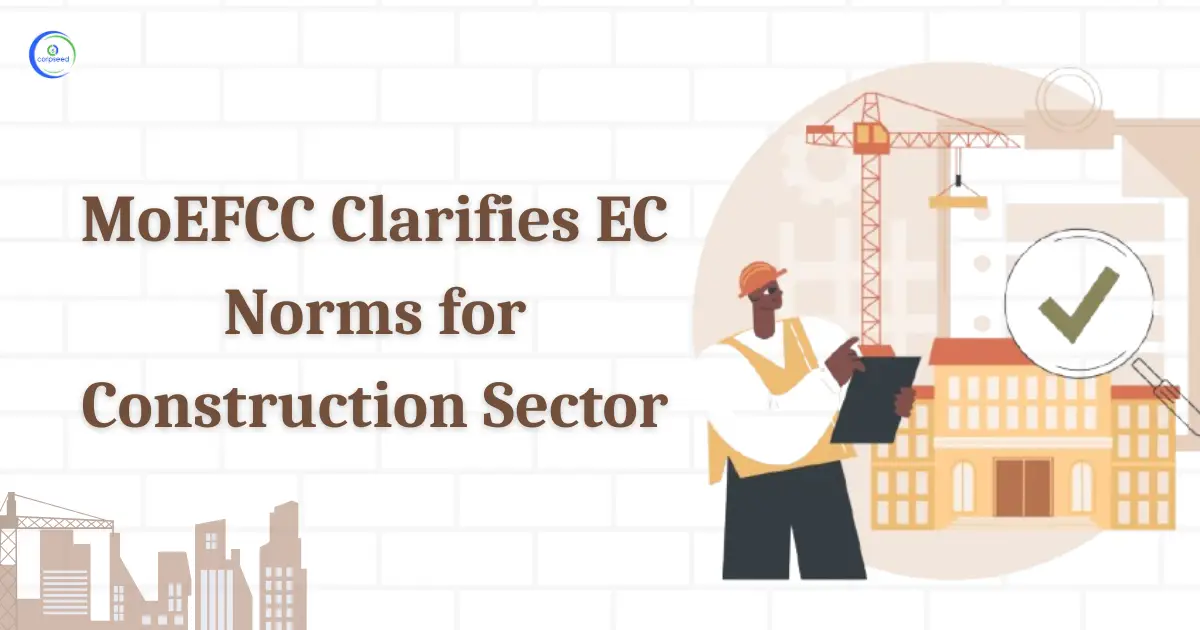
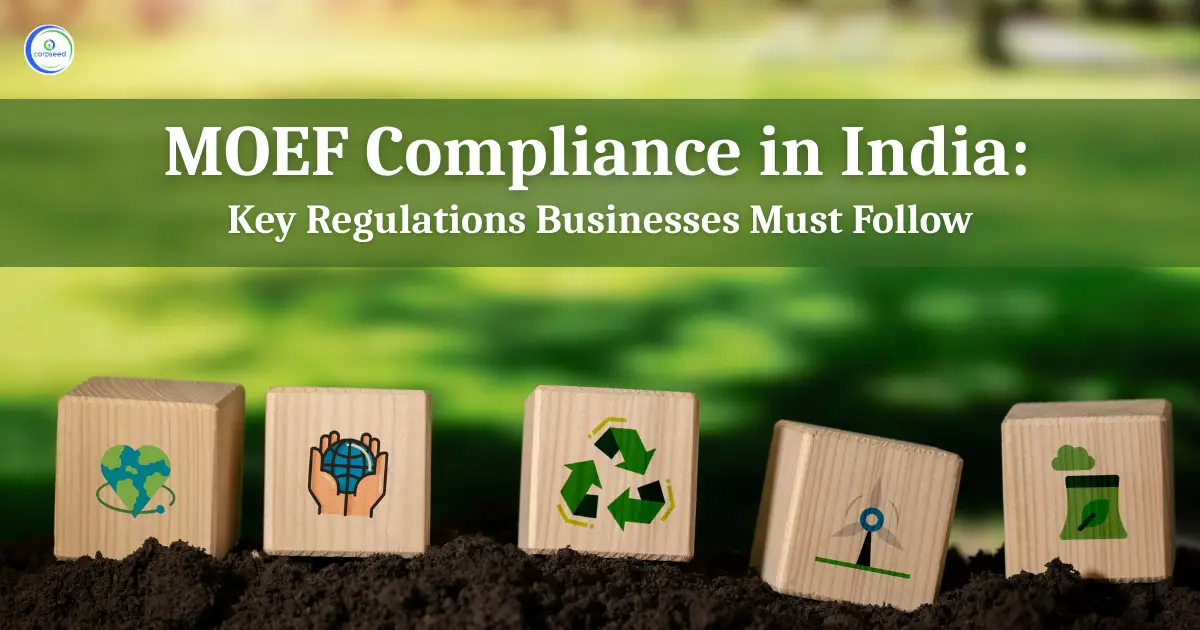
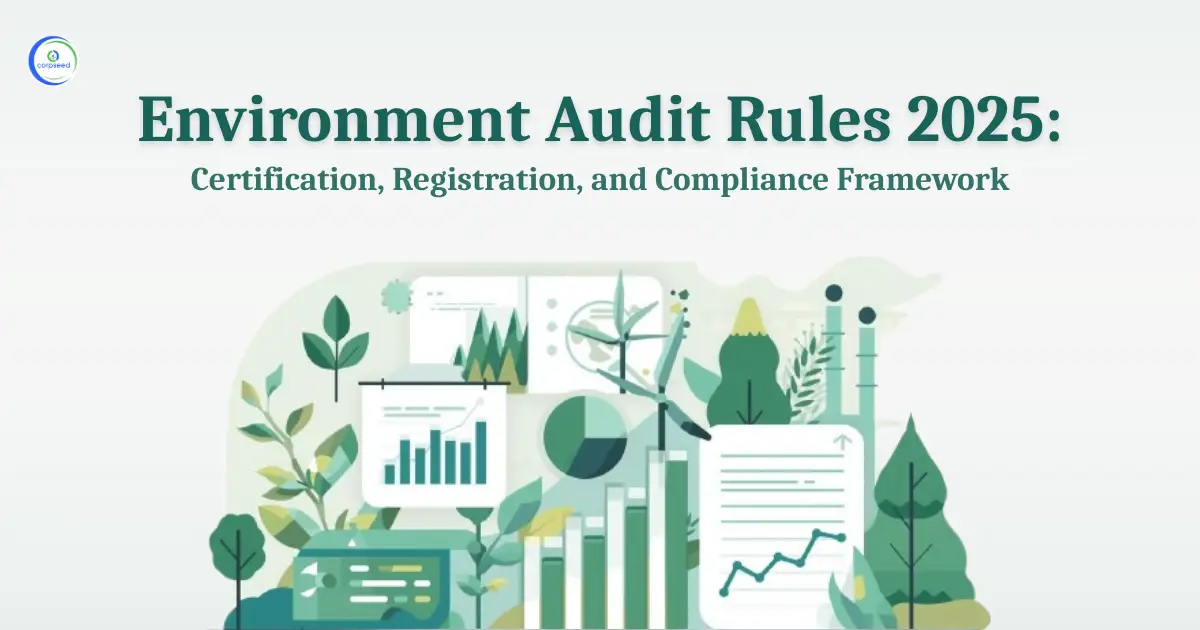
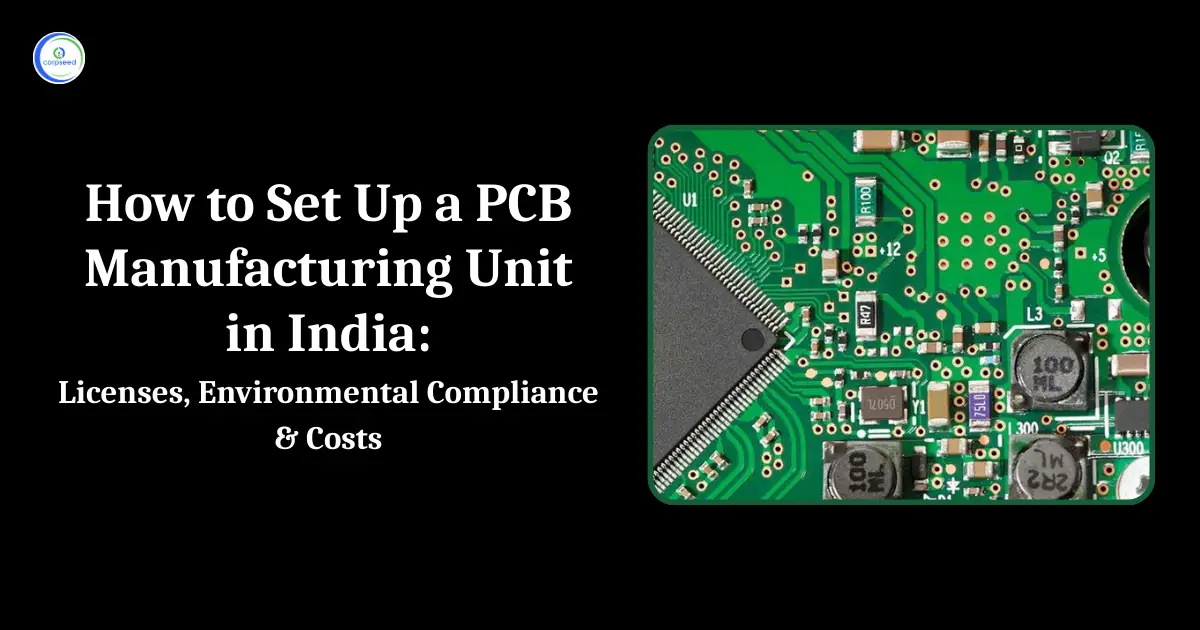
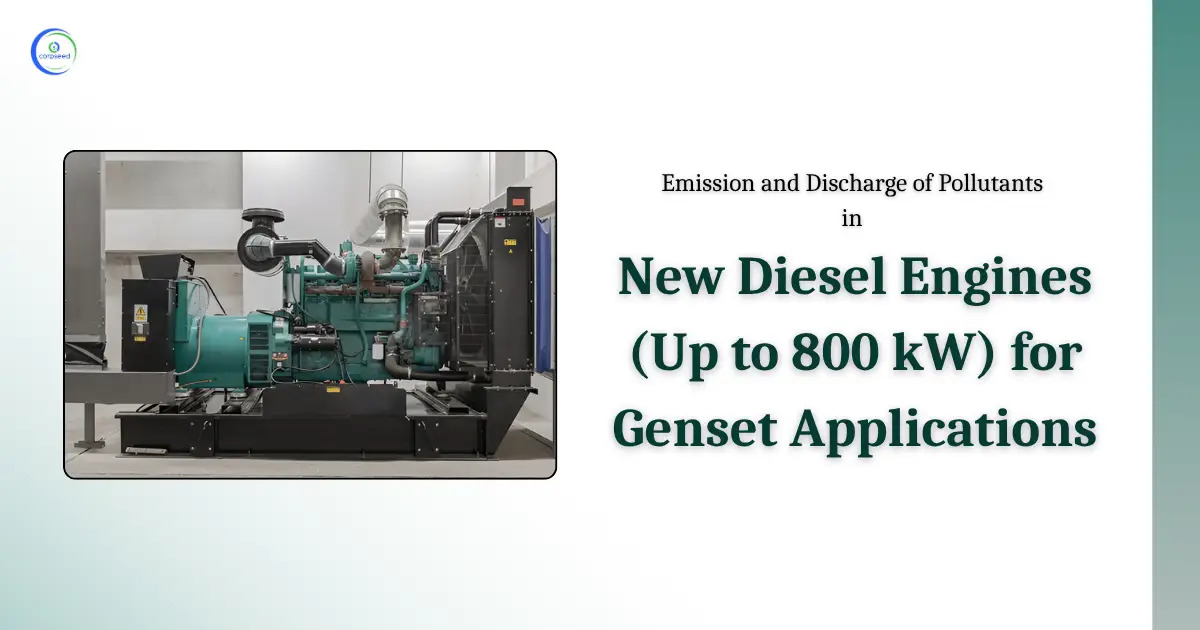
_Corpseed.webp)
.webp)
